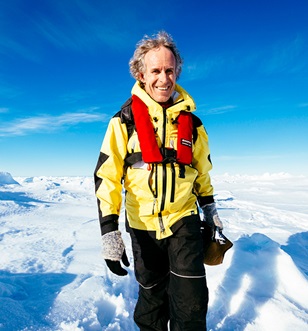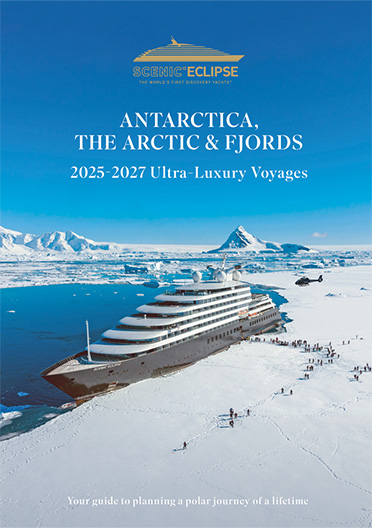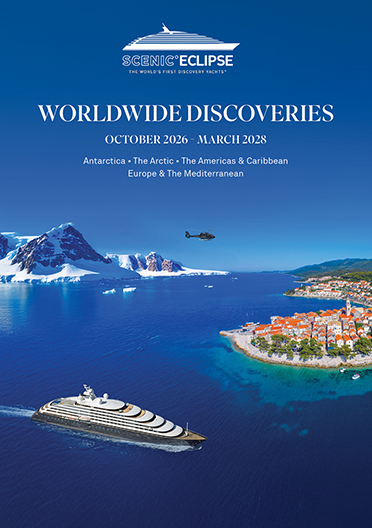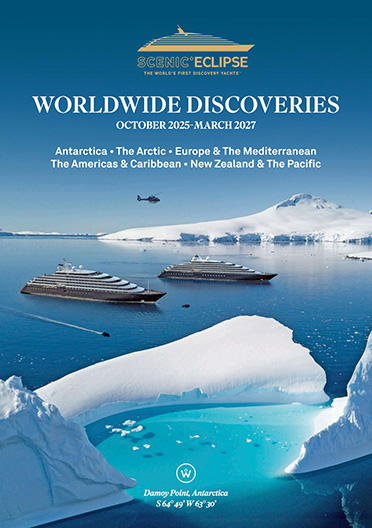In the footsteps of the great explorers
"It’s the sheer isolation of the place and the grandeur of the towering plateau that frames Mawson's Huts. It’s amazing how the explorers could live in such a small space in such a harsh environment."
Highlights
At Scenic, we are fortunate to travel to the most remote and spectacular corners of the planet. But with this opportunity comes a responsibility – to ensure that we protect these fragile environments and share with our guests their vital importance. That’s why we recruit the best of the best for our Discovery Team. They are experts in their field, committed to education, exploration and conservation. The team are also passionate about citizen science and often work directly with researchers undertaking studies in the field.
“We took ornithologists from the Australian Antarctic Division to Mawson’s Hut to research Adelie penguin colonies in December 2024. It had been many years since a study of these penguins has been conducted, so we invited them on board Scenic Eclipse II and they made incredible findings,” said Jason.
We are delighted to share that on the upcoming East Antarctica voyages in December 2025 and January and February 2026 we will again welcome Ian Godfrey, Head Conservator at the Mawson’s Huts Foundation. Dr Louise Emmerson, Seabird Ecologist with the Australian Antarctic Division will also join Scenic Eclipse again on the December 2025 Mawson’s East Antarctica voyage.


Ian Godfrey has been part of the Mawson’s Hut Foundation for more than 20 years, leading expeditions to Antarctica to monitor the stability and condition of the 112-year-old buildings at Cape Denison. In 2024 he accompanied a Scenic Discovery excursion which took Scenic Eclipse guests to Mawson’s Hut on an exclusive included helicopter excursion and will be returning for the 13 December 2025 voyage.
What is it about Mawson’s Huts and East Antarctica that is so special to you?
It’s the sheer isolation of the place and the grandeur of the towering plateau that frames Mawson's Huts. It’s amazing how the explorers could live in such a small space in such a harsh environment. It is always a thrill to return to Cape Denison because the landscape is different every time, a different melt, different materials exposed and changed ice, snow and rocky conditions.
How would you describe the feeling when you realised that you were able to access the hut and be one of the first people to enter it for so many years?
When we arrived in December 2024, we found that the only way to access the huts was via a helicopter transfer. It was so pleasing to arrive with the Scenic Eclipse guests and find that the hut door wasn't buried in snow and ice, and that different parts of the artefact scatter in front of the hut were exposed. Getting inside as the first researcher to visit in in five years, and eight for tourists, and being able to soak up the quiet and solitude, even momentarily, allows one to travel back in time.
What is the significance of being able to access the huts again?
There is always a slight sense of trepidation when approaching and entering the hut for the first time in years as there is the possibility of structural failure of part of the building and resultant catastrophic damage and snow ingress. It is critical to access the huts so that the condition of the building fabric can be regularly monitored. This allows for essential maintenance to be undertaken and to plan work programs for future Mawson’s Hut Foundation and Australian Antarctic Division conservation expeditions.
Were there any unexpected moments or other highlights from your voyage?
Our Scenic Eclipse voyage was memorable for many reasons. I thoroughly enjoyed interactions with the guests, some of whom were visibly moved by their experience of being in the hut and had tears in their eyes when they left. I was also really impressed with the crew and the Discovery Team who were incredibly professional and knowledgeable in their respective fields. Being able to travel in the comfort and safety of such a fine Discovery Yacht while enjoying the magnificent surroundings and wildlife is pretty special.
What are you most looking forward to on your return on Scenic Eclipse II in 2025?
I am looking forward to seeing how the huts have fared over the past year. Along with completing work in the Main Hut that I was unable to finish on the last voyage due to windy conditions, and to sharing my experiences and knowledge of the site's history and conservation with a new group of interested guests.
How do you bring the history of Mawson and East Antarctica to life for guests, both on board and onshore?
I try to bring the history of Mawson and East Antarctica to life for guests by not just talking about dates, times and achievements, but by talking about the men involved, giving some insights into their characters and how they related to each other. I like guests to get an idea of the characters behind the historical names and faces, how they lived, and sharing lesser-known stories (such as the Western Party, led by Frank Wild) that are often overlooked and overshadowed by the achievements and tragedy of the Cape Denison story. I am always inspired when talking with guests as many have their own stories to tell and because of their fascination with a part of Australia's history that has become such a significant part of my own life.
Dr Emmerson joined the Australian Antarctic Division in 2001 and has worked on a number of important research projects on penguins and seabirds. She will be joining the Scenic Eclipse II Mawson's East Antarctica voyage again this December for more field work at Cape Denison to understand the potential impacts of climate change and whether the H5 avian influenza outbreak is present in this region.
What makes East Antarctica and Cape Denison an important location for your research?
The portion of East Antarctica from Cape Denison eastwards is a rarely visited region. The remoteness of this area and the infrequency of visits means that little is known about populations of birds breeding along this coastline, and virtually nothing is known of the populations breeding further east of Cape Denison. Home to many thousands of penguins and a diverse range of flighted seabirds and seals, this area is of interest to wildlife ecologists researching the impacts of climate change on these iconic Antarctic animals. It offers a unique insight into how seabird populations respond to a sudden change in the environment caused by extreme events such as iceberg calving.
What field activities will you undertake on the December 2025 voyage?
At Cape Denison we will install a new nest monitoring camera, conduct drone surveys to allow 3D modelling of the penguins breeding habitat, deploy satellite GPS and dive data trackers to understand foraging behaviour, and collect samples to assess their diet. In the remote Way Archipelago and Stillwell Islands we will do more drone surveys and plan to bring onboard a thermal drone to test its capacity to detect nests of flighted seabirds so that we can conduct population counts.
Can Scenic Eclipse II guests get involved with your work?
My team will work with the Discovery Team as a general lookout and assessments along the journey, and particularly in the rich wildlife waters around Macquarie Island. At-sea observations of the wildlife by guests can complement the ground-based activities by the scientists.
Does any of your research influence how cruise lines operate safely and sustainably in Antarctica?
We will be looking at the helicopter flights paths to Mawson’s Huts. The current approach paths were developed from data collected at least a decade ago and ground-based observations from 2024/25 (supported by Scenic Eclipse II) indicated that there had been a shift in the birds breeding distribution. We want to ensure helicopter approach flight paths to access the Mawson’s Hut site minimise disturbance to the wildlife in the area and use this to guide future operations in the area.
Are you ready to follow in the footsteps of legendary explorers and passionate scientists? Then now is the time to secure your suite on our last planned Mawson’s Antarctica: Along the East Coast voyage in December 2025:
- As the only ship in East Antarctica with two on board helicopters^, you will enjoy unrivalled access to the wonders of this region.
- Retrace Sir Douglas Mawson’s historic 1911–14 Australasian Antarctic Expedition, visiting his huts at Cape Denison. Guests will be flown on a complimentary helicopter flight to reach the huts.
- Gain deep insights into the wildlife unique to this region, including Adélie and Emperor penguins, Ross Sea seals, whales and birds.
- Enjoy unrivalled and immersive exploration led by our specialist polar Discovery Team with Zodiac, kayak and stand-up paddleboard excursions~, and guided hikes.
- Experience the breathtaking majesty of the Mertz Glacier, an awe-inspiring, 30-kilometre-wide expanse of crystallised ice.
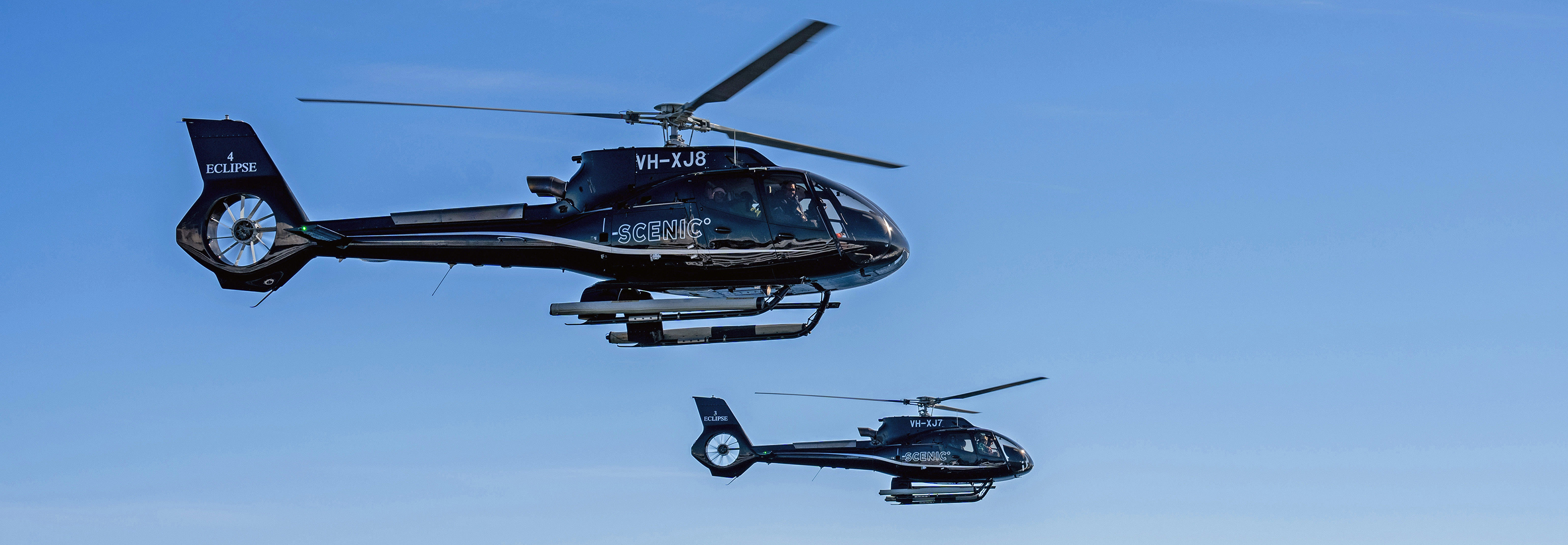

East Antarctica and the Ross Sea is a little-known gem of the polar regions, visited by just a handful of ships each year. With Scenic Eclipse II voyages departing from Queenstown and Timaru in New Zealand or Hobart Australia, it’s now easier to explore the White Continent.
The East Antarctica season begins in December 2025 through to February 2026 and there are only three more planned departures before Scenic Eclipse II departs the Oceania region in early 2026 – secure your suite today.
Featured Itineraries
Explore our itineraries below and discover the remarkable destinations that await you.
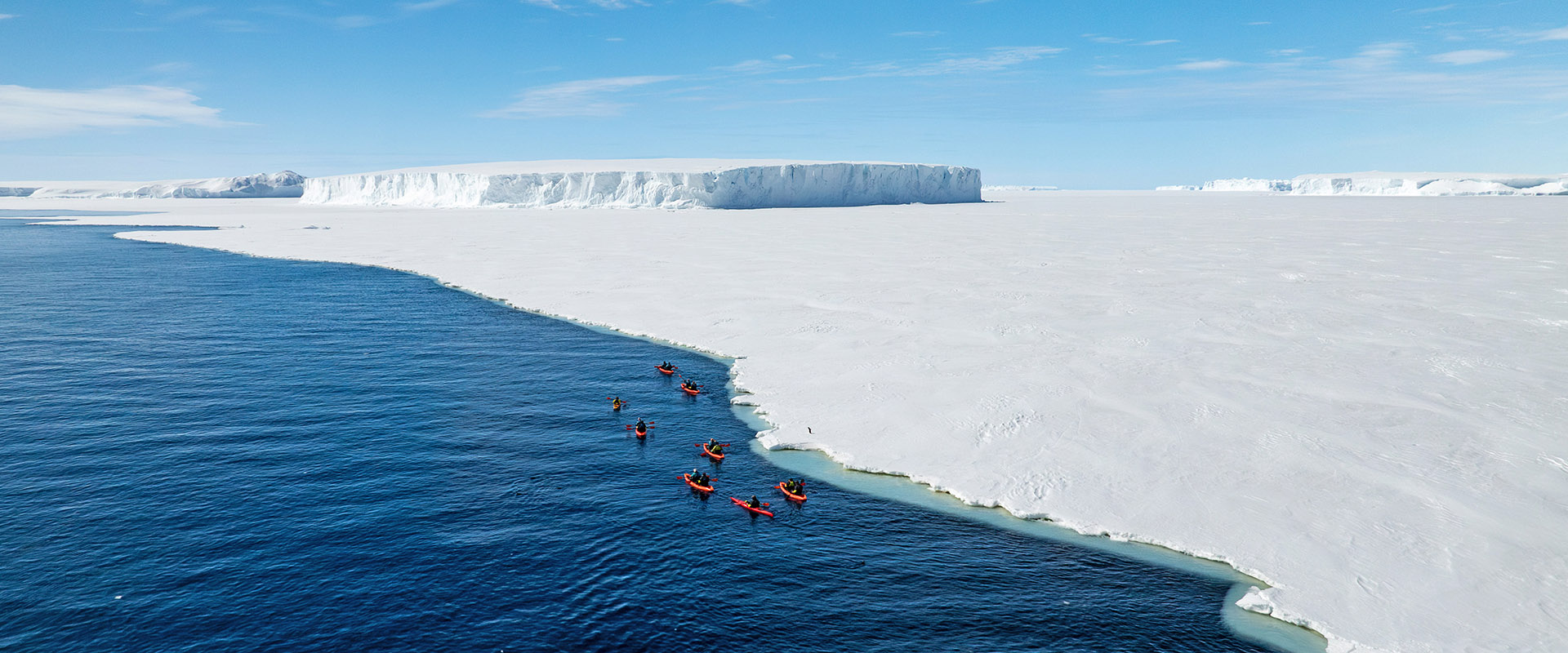
25 Days
SEASON: 2025Mawson’s Antarctica: Along the East Coast
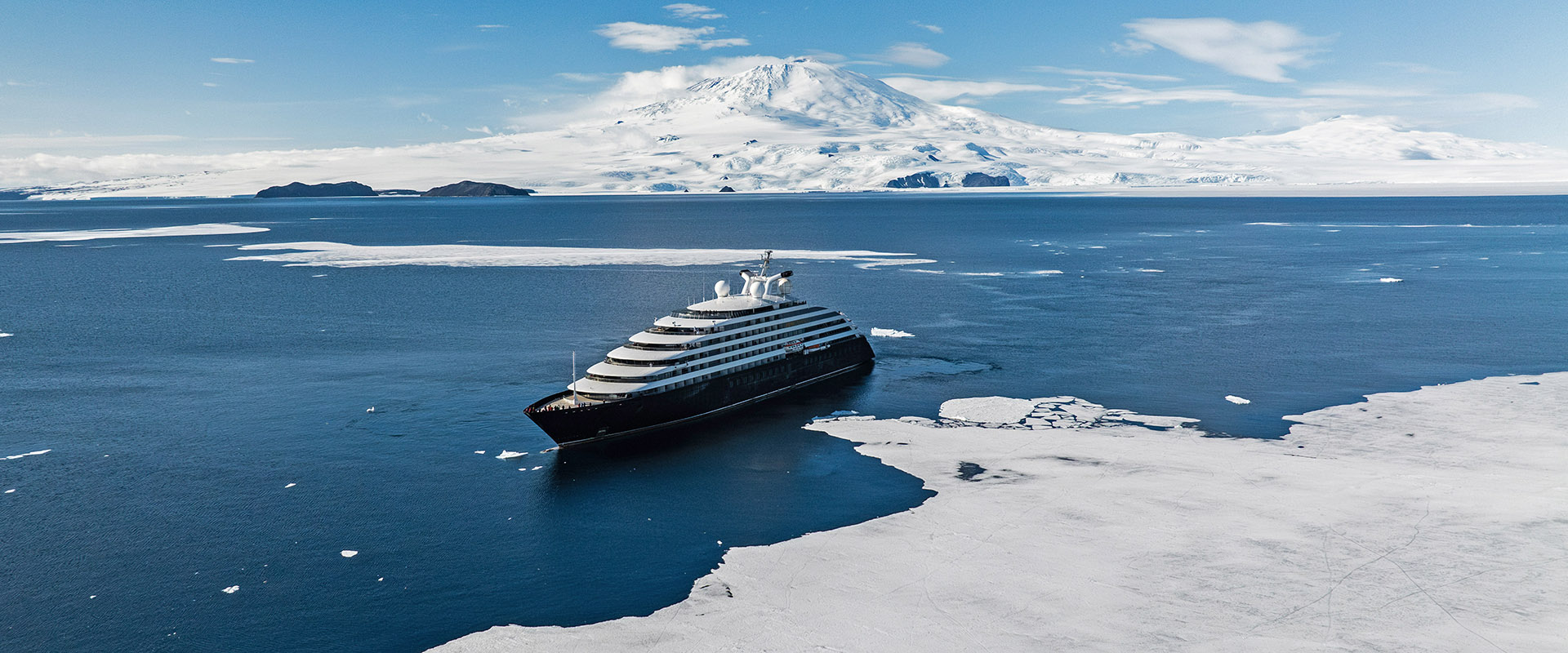
24 Days
SEASON: 2025/2026Antarctica's Ross Sea: Majestic Ice & Wildlife
Explore the Ross Sea with hut conservator Ian Godfrey
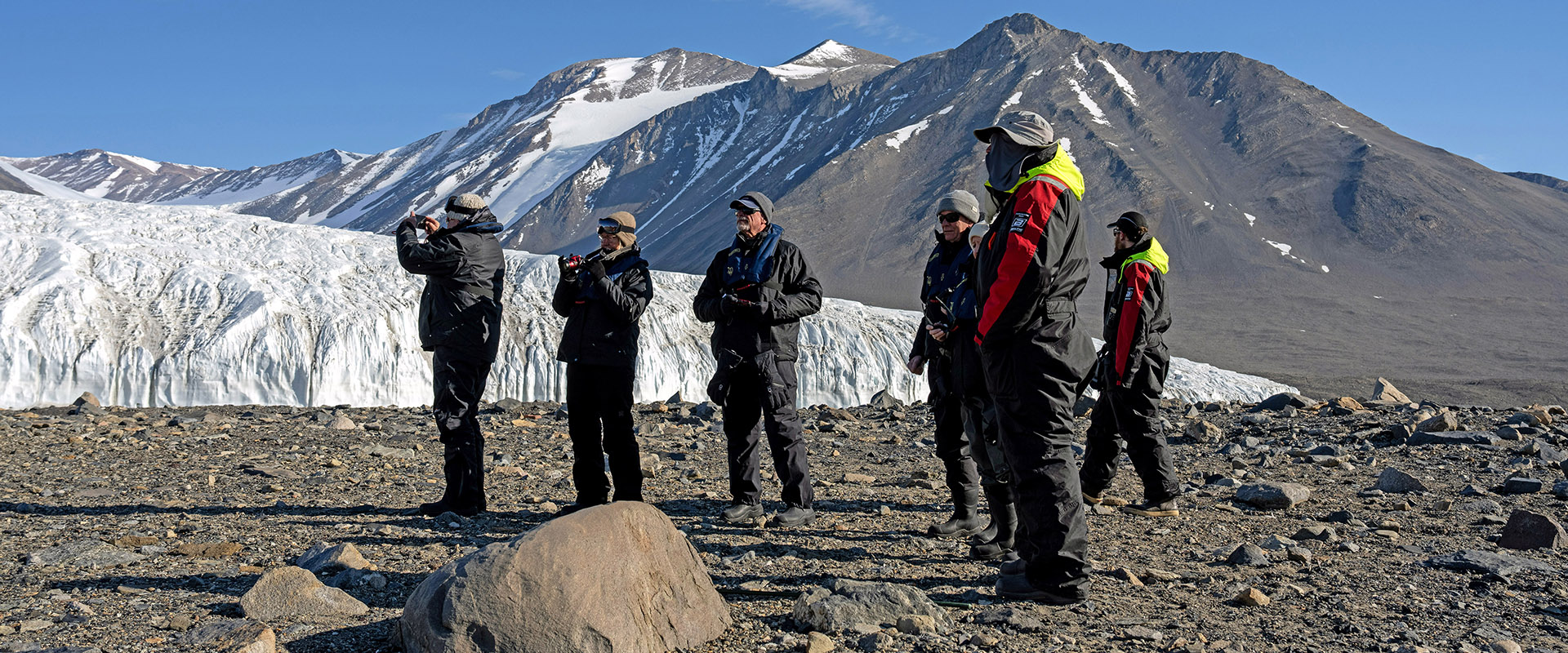
24 Days
SEASON: 2025/2026Antarctica's Ross Sea: Majestic Ice & Wildlife
In the footsteps of Shackleton and Scott with explorers Robert & Barney Swan
You might also like...
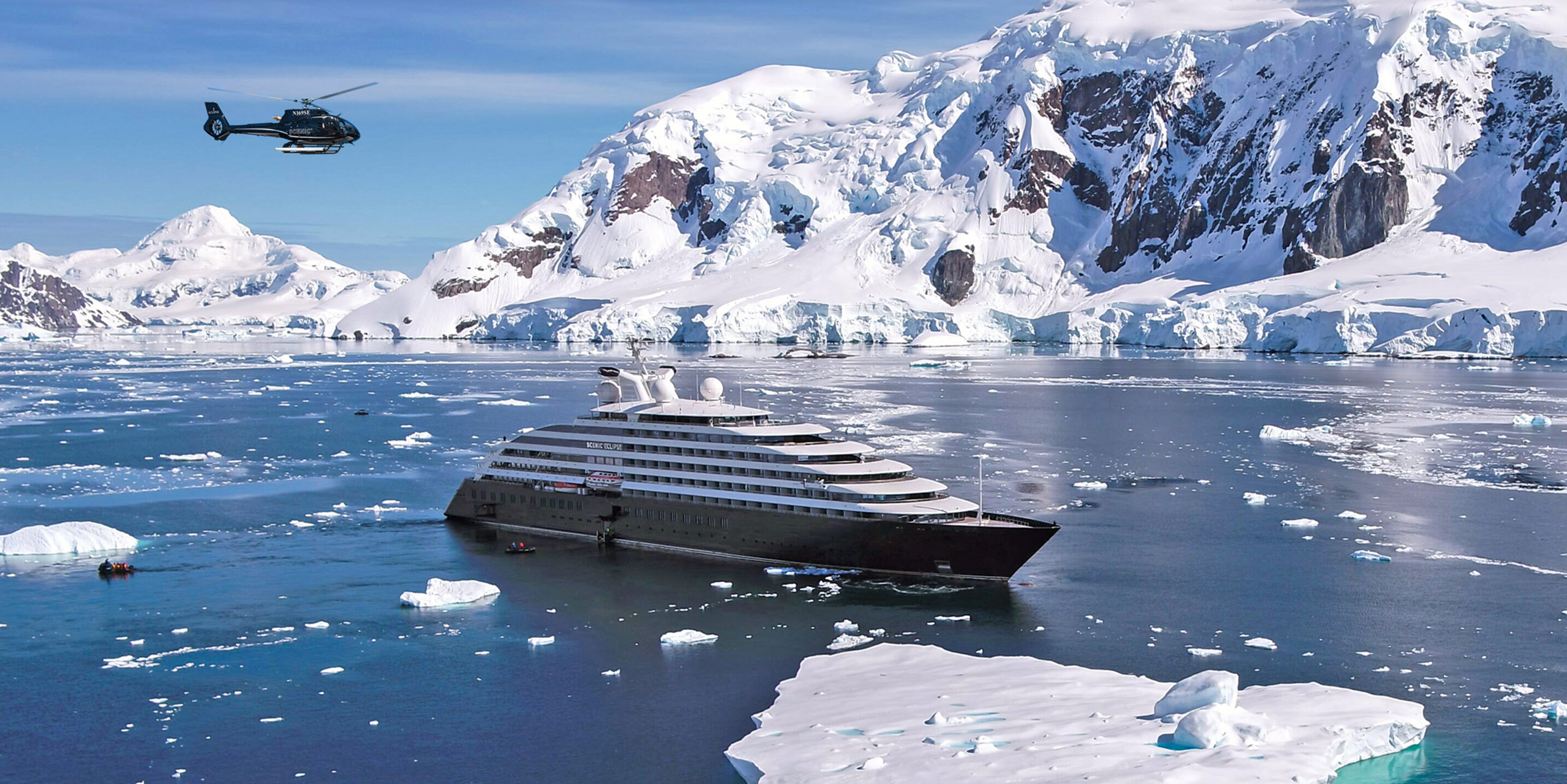
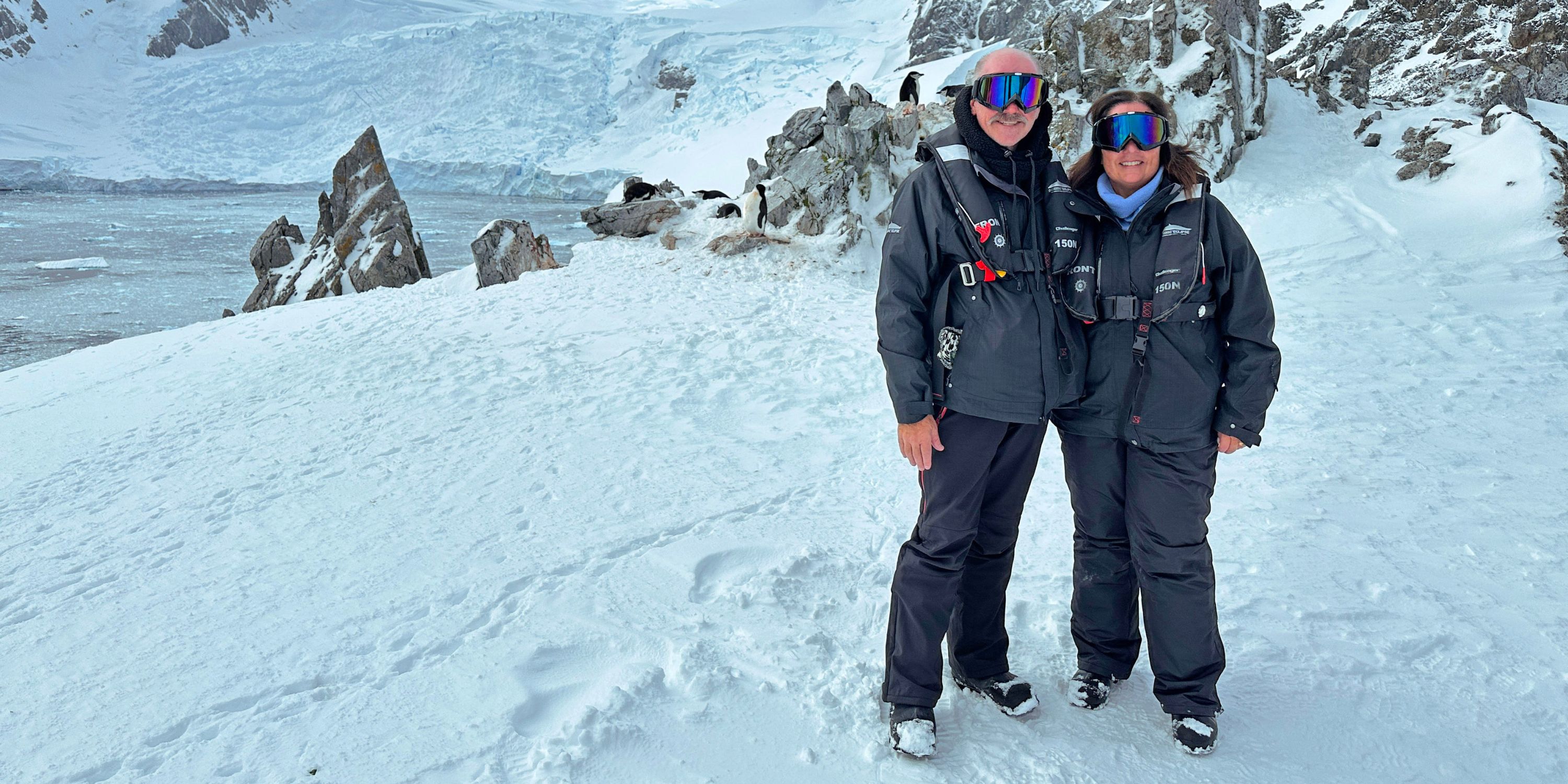
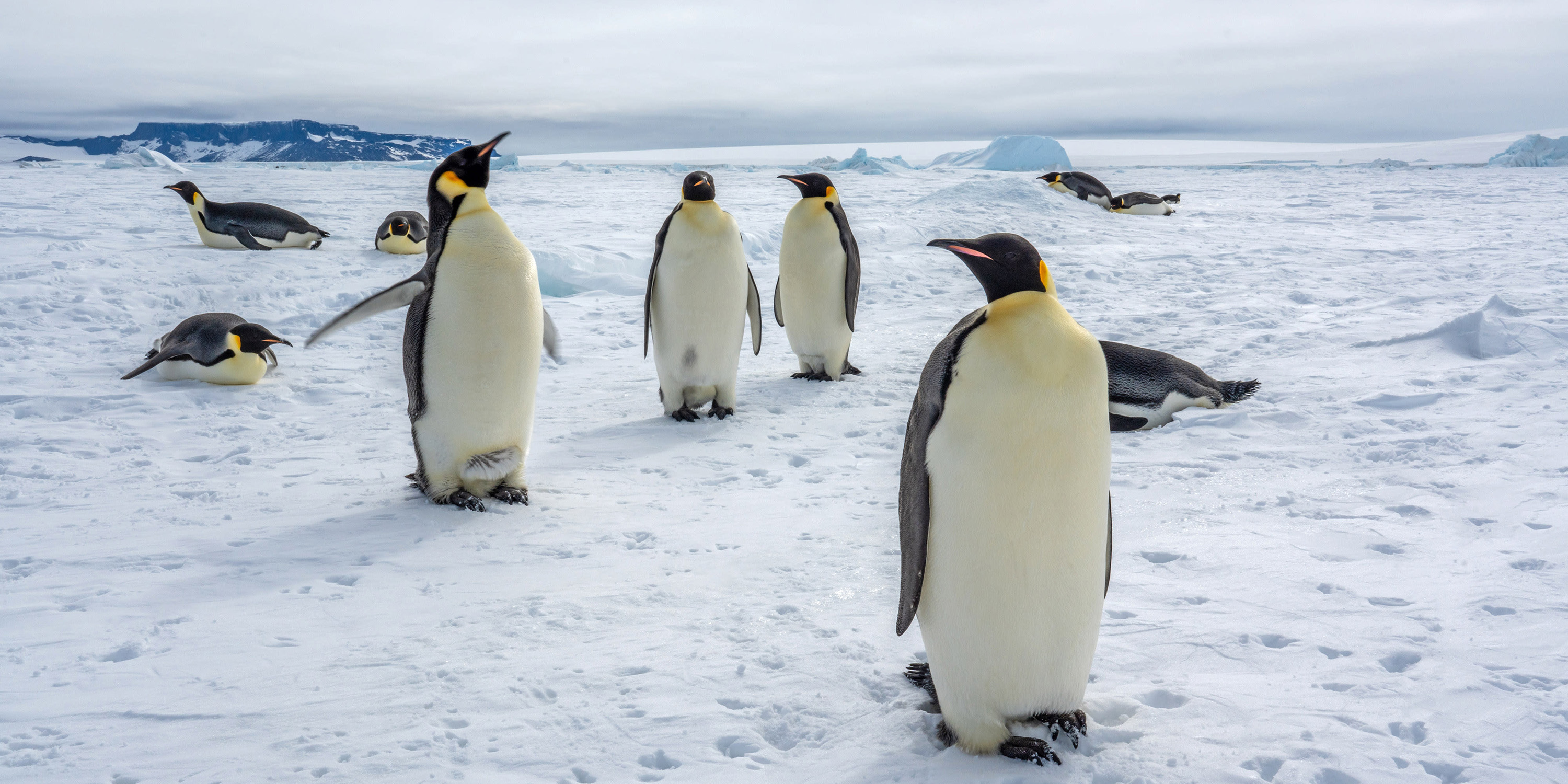
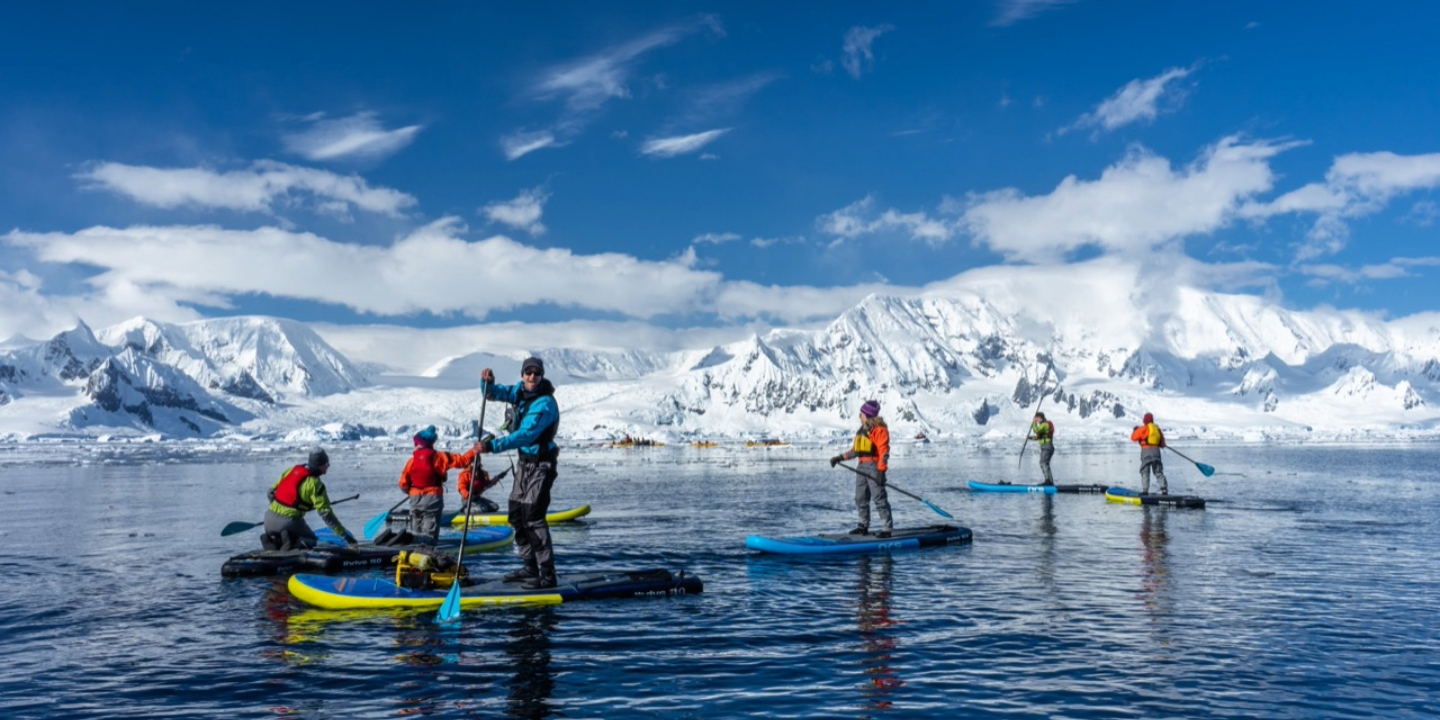
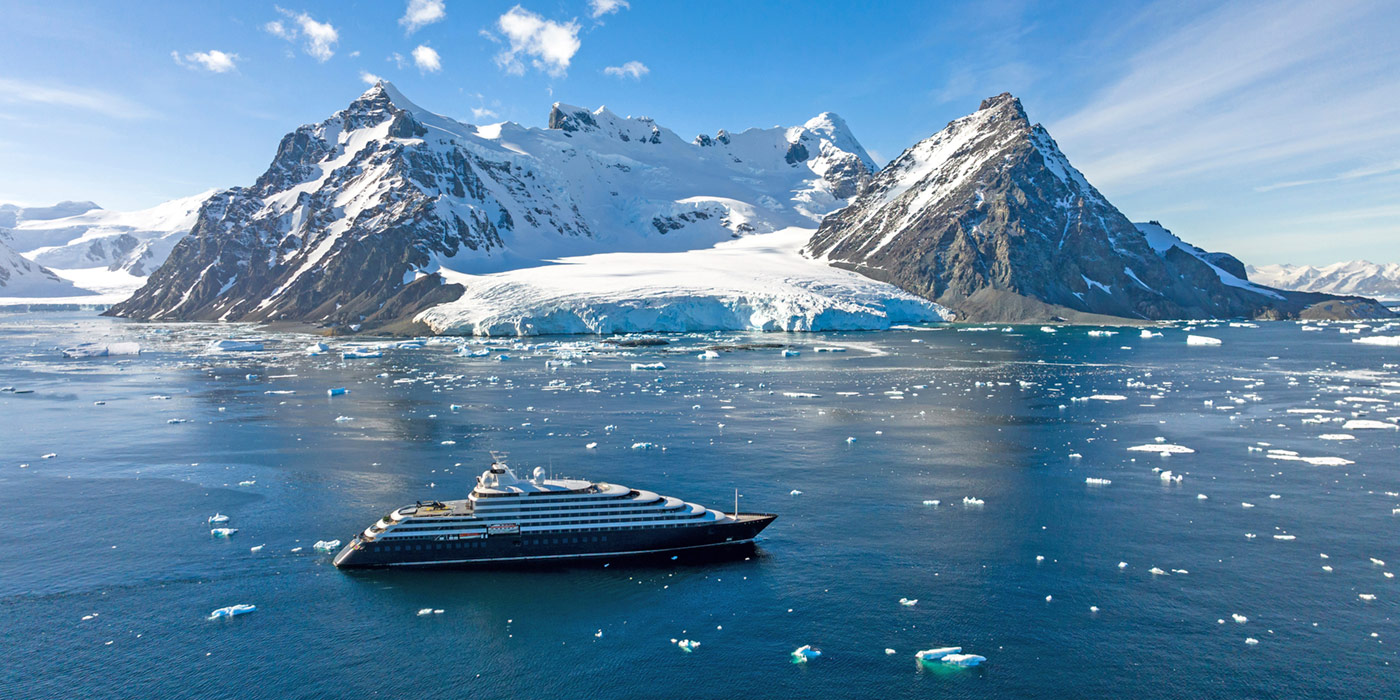
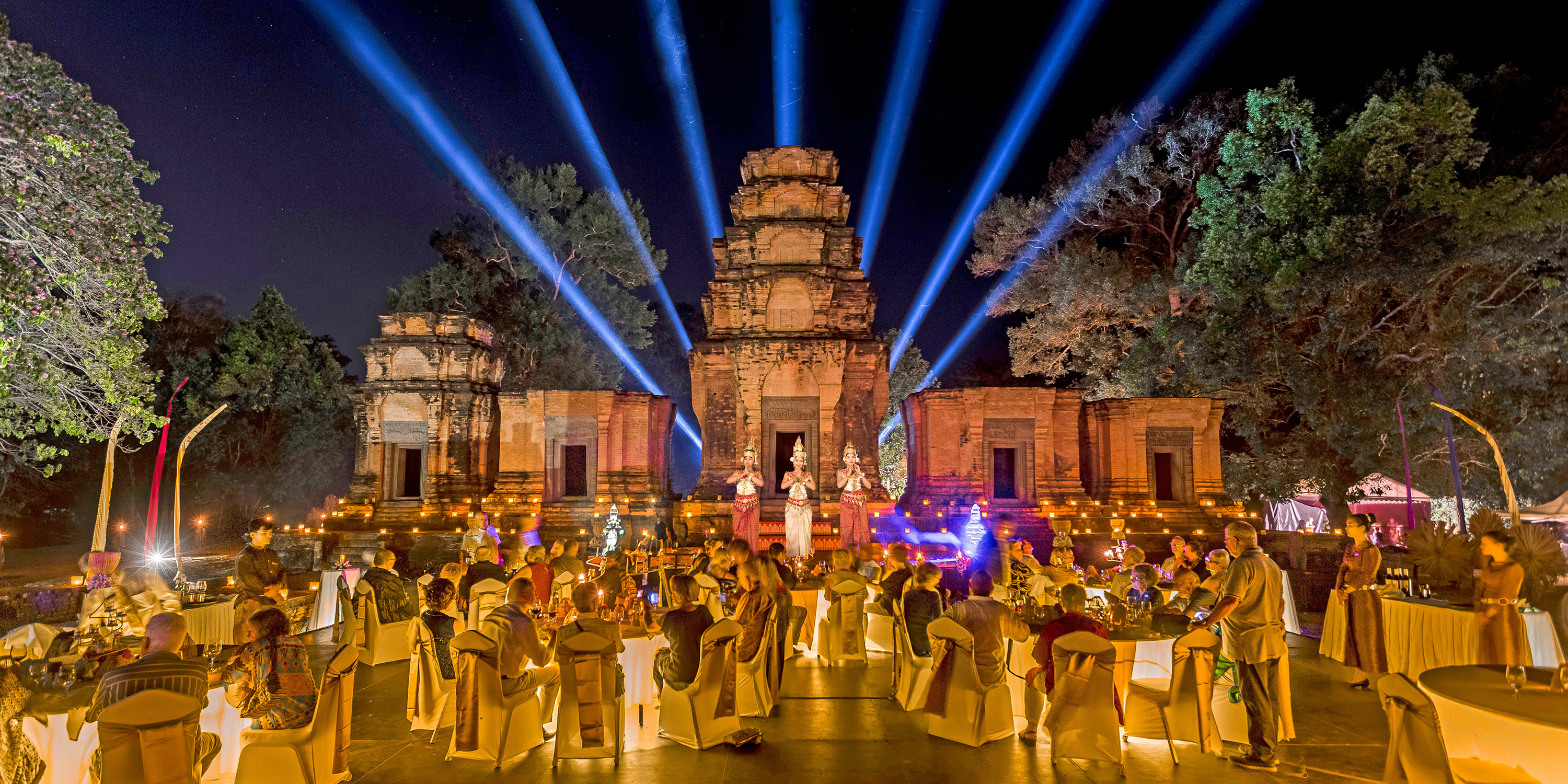
~Kayak and stand-up paddleboard may not be possible in all destinations.
Stay up to date and be inspired
Yes, please keep me updated with the latest special offers, travel inspiration, product updates and event invites.

